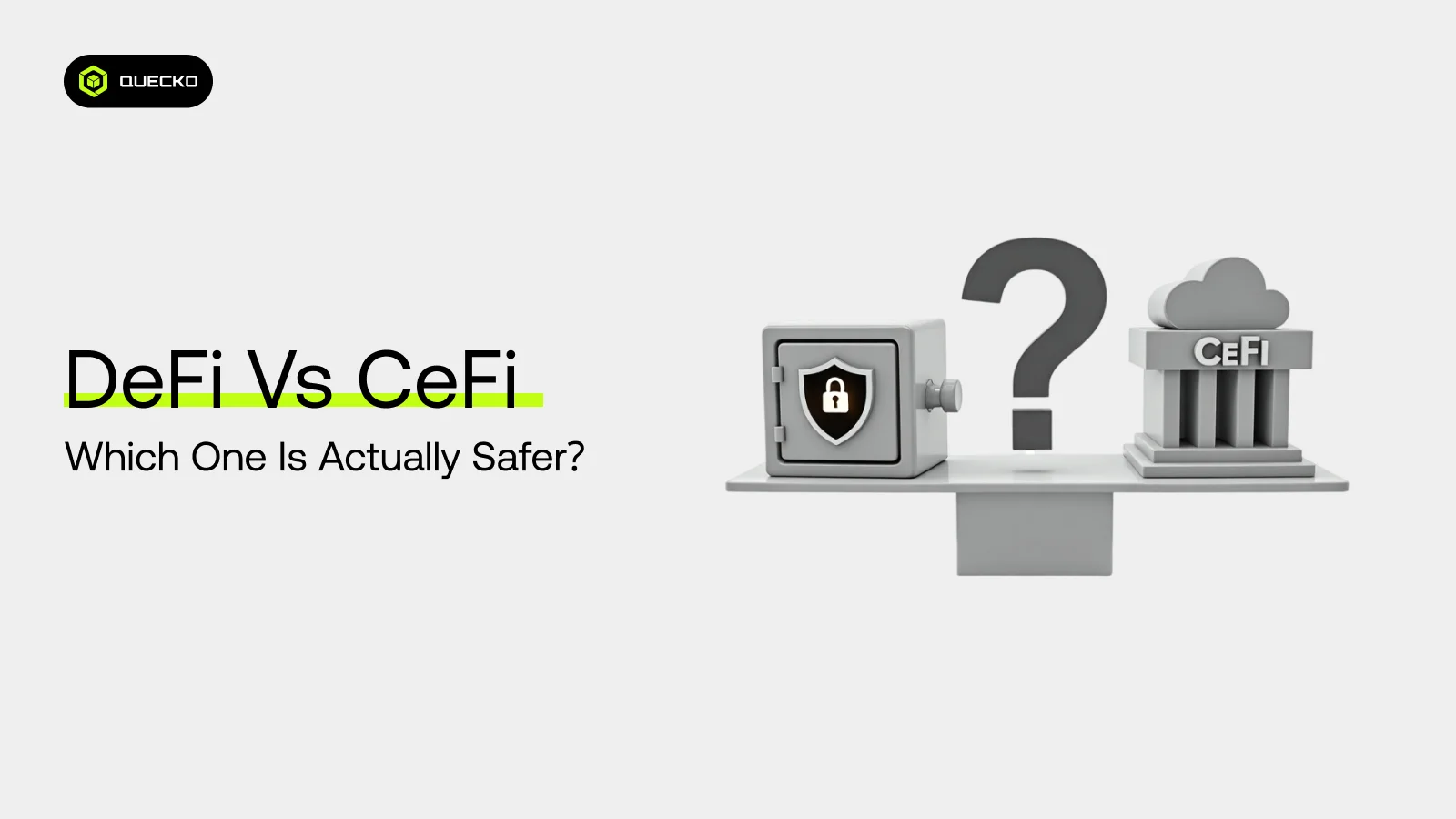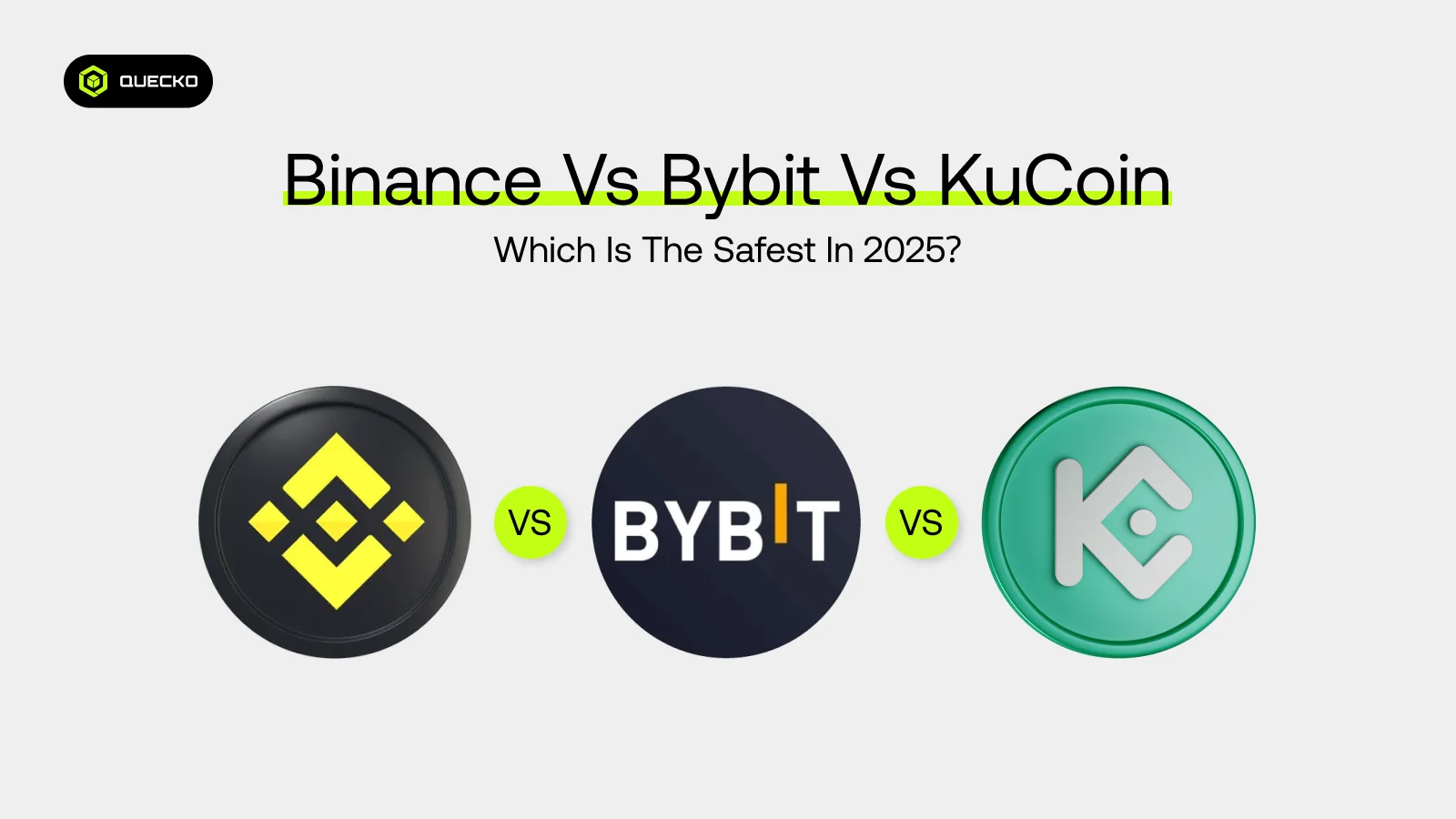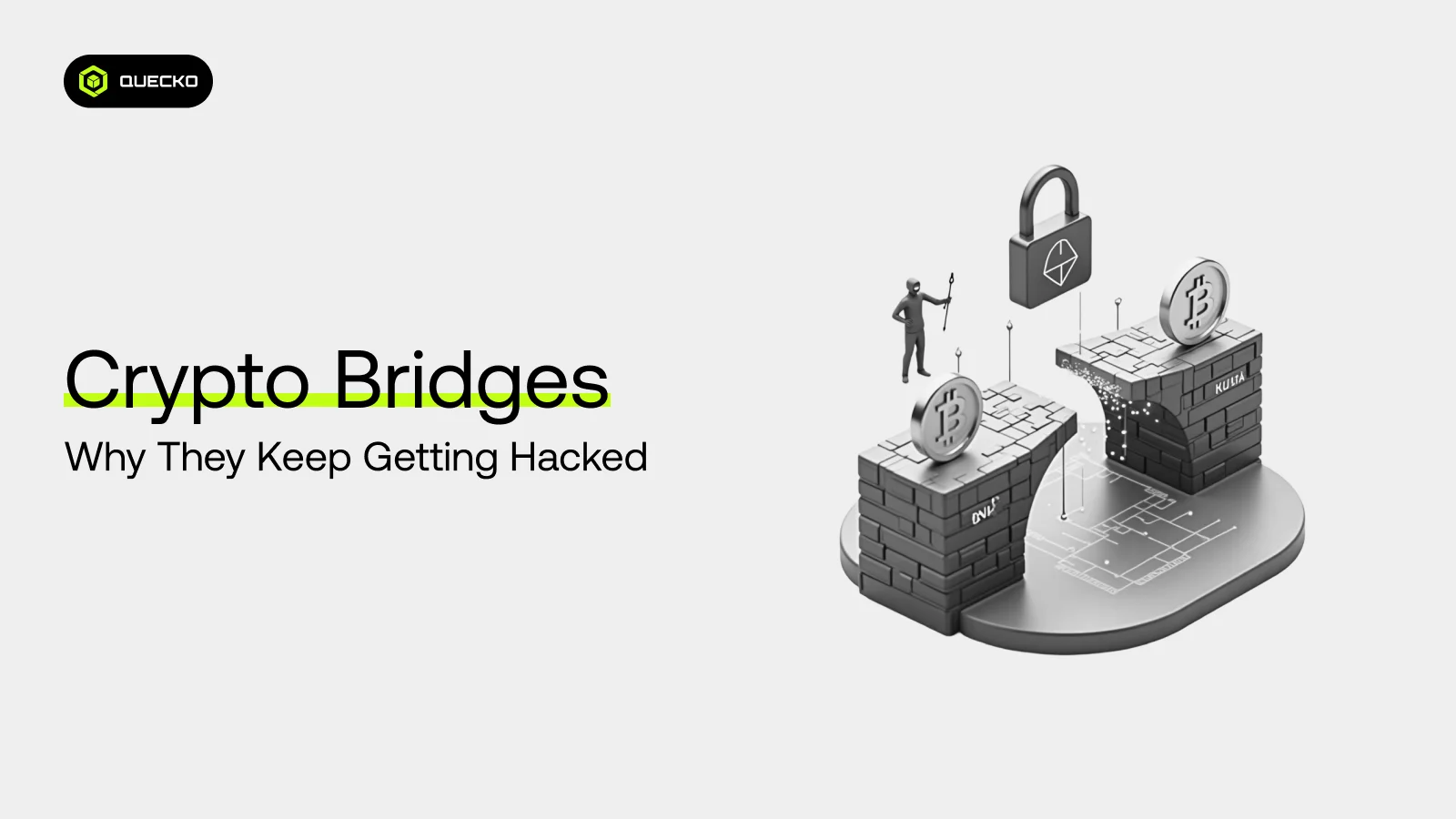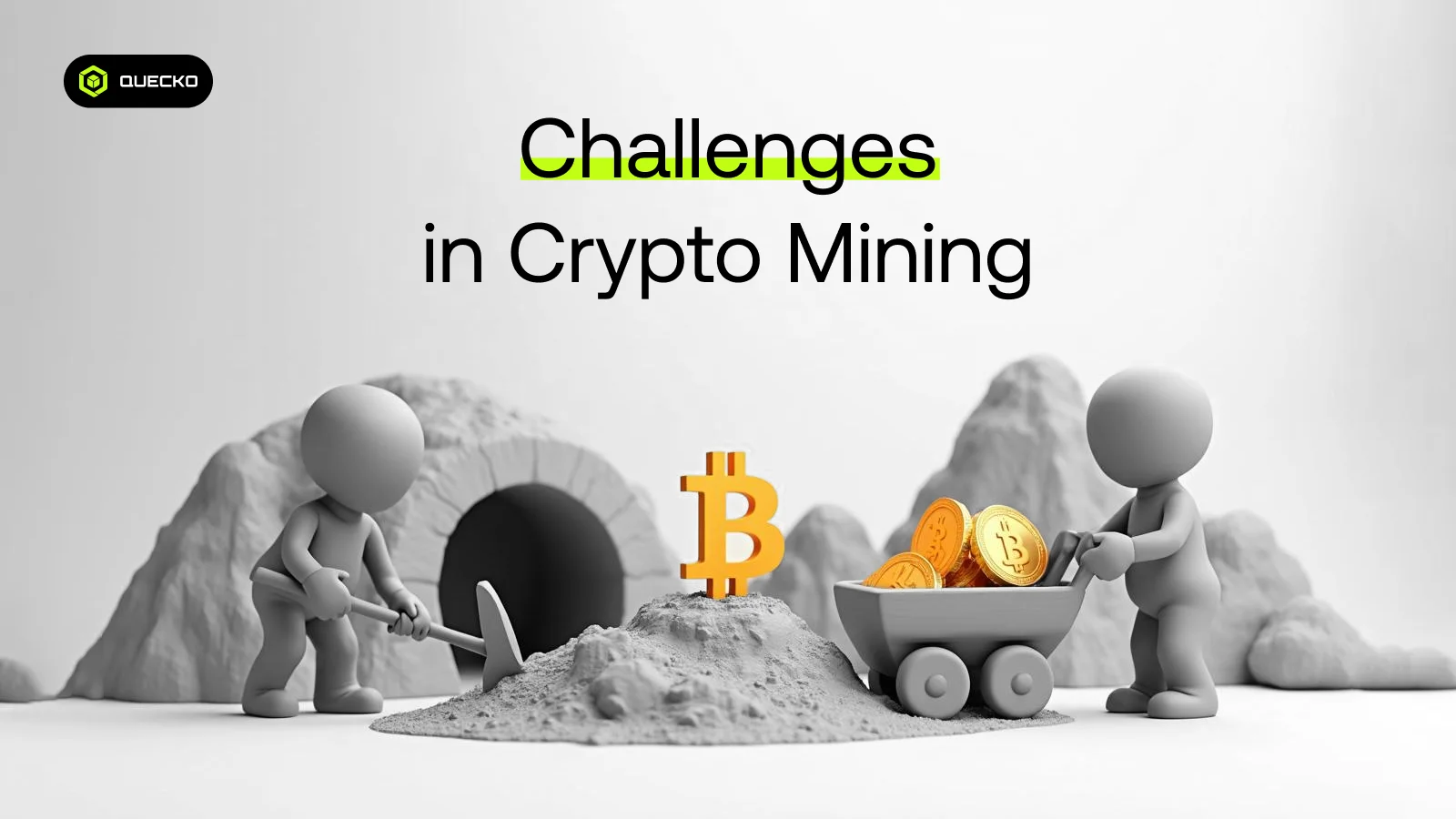DeFi vs. CeFi: Which One is Actually Safer?
Discover whether DeFi or CeFi offers better protection for your crypto assets. Compare security, control, transparency & risks in this detailed guide.
The world of digital finance is rapidly evolving. At the heart of this transformation are two distinct financial ecosystems: Decentralized Finance (DeFi) and Centralized Finance (CeFi). Both systems offer users ways to trade, invest, lend, and borrow cryptocurrencies, but they operate under very different principles.
As crypto trading becomes more mainstream, understanding the underlying mechanics of these systems is crucial for managing risk.
With billions of dollars flowing through DeFi protocols and centralized exchanges alike, an important question arises: Which one is actually safer?
To answer this, we must explore how each system works, the risks they pose, and what safety really means in the context of crypto. This is especially relevant as more users explore decentralized finance (DeFi) platforms for greater autonomy and innovation.
What Is CeFi (Centralized Finance)?
CeFi refers to crypto platforms that are governed by a central authority. Popular examples include Coinbase, Binance, Kraken, and Crypto.com, each a well-known crypto exchange that facilitates digital asset trading and management. These platforms function similarly to traditional banks or stock exchanges, users deposit their funds, and the platform manages custody, transactions, and customer service.
Key Features of CeFi:
- Custodial: Users hand over control of their private keys.
- KYC/AML compliance: Requires identity verification.
- Central governance: Managed by a company or organization.
- Fiat support: Easier conversion between crypto and traditional currencies.
These CeFi services provide a familiar structure for users transitioning from traditional finance into crypto.
What Is DeFi (Decentralized Finance)?
DeFi operates without intermediaries. Instead, it uses smart contracts on blockchains like Ethereum, Arbitrum, and Solana to automate financial services. Protocols such as Uniswap, Aave, Compound, and MakerDAO allow users to lend, borrow, or trade assets without trusting a central party. These protocols often rely on liquidity pools to enable decentralized trading and lending.
Blockchain technology forms the foundation of these decentralized systems, enabling peer-to-peer interactions without centralized control.
Key Features of DeFi:
- Non-custodial: Users retain full control of their funds.
- Permissionless: Anyone with a crypto wallet can participate.
- Transparency: All transactions are recorded on-chain.
- Programmability: Automated by code instead of human intervention.
Defining Safety in Crypto
When we ask which system is safer, we need to define what “safe” means. In the context of crypto finance, safety can refer to:
- Custody of funds: Who controls your assets?
- Security risks: Hacking, exploits, or rug pulls.
- Regulatory protection: Is there a legal framework?
- Transparency: Can you audit what’s happening behind the scenes?
- User error: Can you recover from mistakes?
Each of these safety factors affects DeFi and CeFi differently.
Custody and Control of Funds
In CeFi, users deposit their crypto into a platform, which then takes custody of the assets. This means the platform, not the user, controls the private keys. This centralized model appeals to users who want help securing their digital assets without dealing with private keys themselves.
Using a centralized exchange can be convenient for those who prefer simplicity and assistance in managing their funds.
Pros of CeFi custody:
- Easier for beginners who may not want to manage private keys.
- Offers customer support in case of issues.
Cons:
- If the exchange is hacked or mismanages funds (like FTX), users can lose access or suffer losses.
- Platforms can freeze withdrawals during crises.
In contrast, DeFi platforms are non-custodial, you hold your keys, you hold your crypto. While this gives users complete control over their crypto assets, it also places the burden of security on the individual. Losing a wallet seed phrase or interacting with a malicious smart contract can be catastrophic.
Verdict:
- CeFi is safer for users who need simplicity and support.
- DeFi is safer for experienced users who value control and trust code over people.
Security Risks: Hacks and Exploits
No system is immune to security threats. However, the types of risks vary.
CeFi Security Risks:
- Exchange hacks: Mt. Gox, Bitfinex, and Coincheck lost hundreds of millions to cyberattacks.
- Insider threats or mismanagement (e.g., FTX collapse).
- Single point of failure: If the central server or database is compromised, the whole system is at risk.
Centralized exchanges remain attractive targets for hackers due to the large volume of funds they hold in a single location. These examples show how centralized finance systems can become vulnerable when too much control is concentrated in one place.
DeFi Security Risks:
- Smart contract bugs: If code is flawed, funds can be drained (e.g., the 2020 Yam Finance collapse).
- Flash loan attacks: Manipulating DeFi protocols via uncollateralized loans.
- Oracle manipulation: Incorrect price feeds can be exploited.
DeFi platforms are open by design, but that openness can invite sophisticated attackers if the code isn’t airtight.
Verdict
- DeFi is riskier in terms of technical exploits, but open-source code can be audited.
- CeFi is riskier due to human error, opaque management, and centralized targets.
Regulatory and Legal Protections
CeFi platforms often operate under regulatory oversight. They’re required to follow Know Your Customer (KYC) and Anti-Money Laundering (AML) laws. Some jurisdictions also require them to hold insurance or maintain capital reserves.
If something goes wrong, users might have legal recourse, though recovery can still be slow and uncertain.
DeFi, on the other hand, is largely unregulated. Many protocols are launched anonymously or under decentralized autonomous organizations (DAOs). If a protocol is hacked or rugged, users usually have no legal path to reclaim their funds.
Verdict:
- CeFi offers better regulatory protections, but only if you’re in a jurisdiction that enforces them.
- DeFi is lawless , offering freedom, but with fewer safety nets.
Transparency and Trust
In DeFi, all transactions, smart contract code, and treasury movements are visible on the blockchain. This level of transparency is unparalleled, anyone can audit a DeFi protocol.
CeFi platforms typically operate like traditional financial institutions. Internal transactions, custody mechanisms, and fund usage are usually not public. Trust must be placed in the company, its leaders, and its stated policies.
Verdict:
- DeFi wins on transparency.
- CeFi asks users to trust without verifying.
- This transparency is made possible through blockchain technology, where every transaction is publicly recorded and auditable in real-time.
User Experience and Accessibility
Many users, especially newcomers, find CeFi platforms easier to use. The interfaces are polished, customer support is available, and fiat on-ramps make entry simple, making a crypto exchange feel as easy to navigate as a banking app. CeFi platforms are designed to lower the barrier to entry for crypto adoption, offering a familiar experience for users transitioning from traditional finance.
DeFi, by contrast, requires:
- Managing crypto wallets (e.g., MetaMask).
- Understanding gas fees and blockchain behavior.
- Taking care of seed phrases with no recovery options.
While this empowers users, it also increases the risk of user error, such as sending funds to the wrong address or signing malicious transactions.
Verdict:
- CeFi is safer for mainstream users and beginners.
- DeFi requires a higher learning curve but rewards autonomy.
Real-World Examples
CeFi Failure: FTX
In late 2022, FTX, once one of the largest cryptocurrency exchange platforms, collapsed due to internal fraud, mismanagement, and poor risk controls. The fall of this major centralized exchange highlighted the risks of trusting opaque financial institutions with user assets. Billions in user funds vanished. Despite being a regulated exchange in some jurisdictions, its internal operations were opaque.
DeFi Failure: The DAO Hack (2016)
An early Ethereum project, The DAO, was hacked due to a flaw in its smart contract. $60M in ETH was stolen, prompting a controversial hard fork that split Ethereum into ETH and ETC. Since then, smart contract security has improved, but vulnerabilities still exist. This event became a defining moment in the history of decentralized finance, highlighting both its innovative potential and technical vulnerabilities.
Innovations in Safety
Both DeFi and CeFi are innovating to improve safety.
CeFi:
- Proof-of-reserves: Some exchanges now publish wallet balances.
- Insurance funds: To cover unexpected losses or hacks.
- Regulatory compliance: More licensed operations (e.g., Coinbase in the U.S.)
- CeFi platforms are also investing in real-time monitoring tools and improved customer verification systems to enhance user protection.
DeFi:
- Formal verification of smart contracts.
- Multi-signature wallets and DAO governance.
- Bug bounties and audits by firms like Certik and OpenZeppelin.
- Layer 2 scalability and lower gas fees reducing transaction friction.
Many DeFi platforms are also moving toward real-time risk analytics and automated monitoring tools to enhance protocol security.
Hybrid Models: The Best of Both Worlds?
Some platforms blend DeFi and CeFi elements. For example:
- Aave Arc: A permissioned DeFi platform for institutions.
- Fireblocks: Offers DeFi access with institutional-grade custody.
- Coinbase Wallet: A CeFi company offering DeFi access through self-custody tools.
These hybrid models aim to provide the security and ease of CeFi with the transparency and control of DeFi.
They also cater to a growing demand for institutional-grade tools to manage digital assets in both permissioned and open ecosystems.
There is no one-size-fits-all answer.
| Factor | CeFi | DeFi |
| Custody | Safer for beginners | Safer for experienced users |
| Hacks & Exploits | Vulnerable to human risk | Vulnerable to code exploits |
| Regulation | More legal protection | Lacks clear regulation |
| Transparency | Limited | Fully open |
| Usability | Beginner-friendly | Complex but improving |
| Trust | Trust in company | Trust in code |
Conclusion: Which One Is Actually Safer?
If you are new to crypto and want convenience, CeFi may feel safer, especially if you use well-regarded exchanges with regulatory oversight.
If you are experienced, cautious, and willing to take personal responsibility, DeFi may actually be safer, as it removes the risk of centralized failure and lets you control your own assets.
Ultimately, safety in crypto isn’t just about platforms, it’s about education, personal security practices, and risk management. Whether you’re storing or transacting with digital assets, making informed decisions about where and how to engage is key to protecting your crypto journey. Whether you choose DeFi, CeFi, or a mix of both, understanding the strengths and weaknesses of each is key to protecting your crypto journey.
CeFi services continue to evolve with new tools and regulatory measures that aim to build user confidence and security.
Date
20 hours agoShare on











